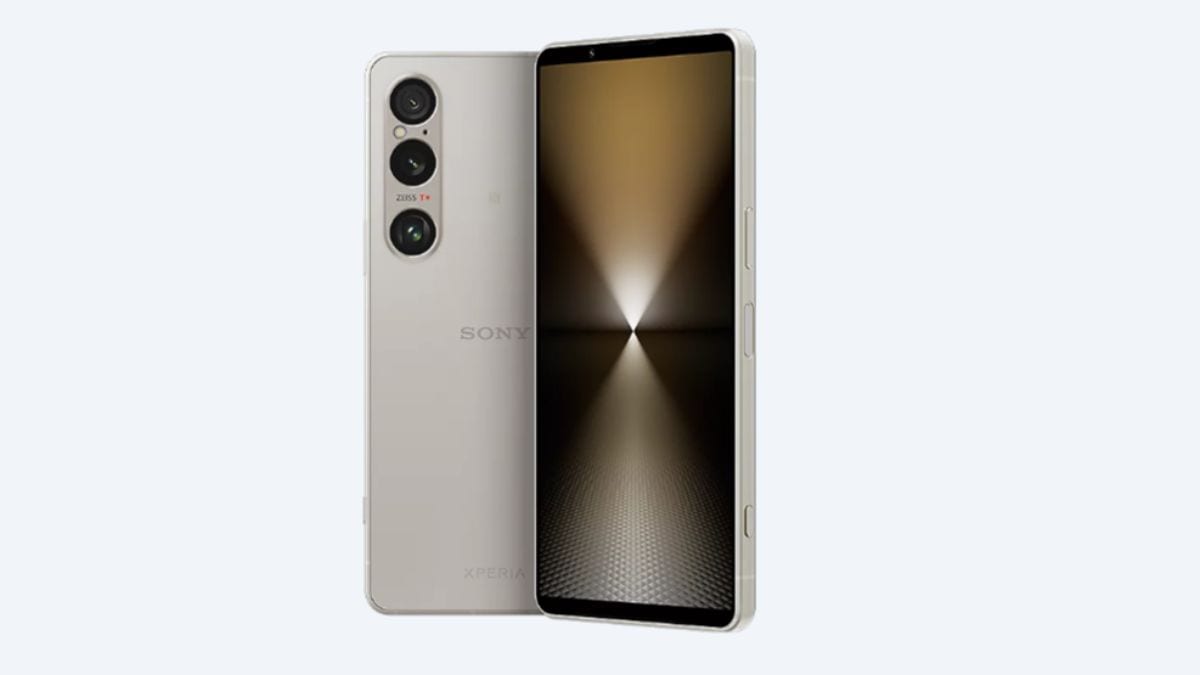Japan's Wooden Satellite LignoSat Launched: Everything You Need to Know
Japan has launched LignoSat, the world’s first wooden satellite, into orbit, marking a step toward sustainable space technology. Developed by JAXA, the satellite is crafted from honoki magnolia wood, chosen for its durability and resistance to environmental stress. Sensors onboard will monitor temperature, radiation, and physical strain to assess the feasibility of using wood in space. Deployed from the International Space Station, the mission aims to reduce the reliance on rare metals and synthetic materials in satellite construction. If successful, LignoSat could revolutionise satellite design with eco-friendly alternatives for future space missions

In a significant milestone for space exploration, the world's first wooden satellite, LignoSat, has been successfully launched into Earth's orbit by the Japanese Aerospace Exploration Agency (JAXA). Designed to explore the feasibility of wood as a sustainable material in satellite construction, LignoSat aims to examine its performance under the harsh conditions of space. The satellite's mission could potentially reshape the future of space technology by introducing eco-friendly alternatives to traditional materials.
Sustainability Goals in Space Technology
According to the TechExplorist, LignoSat was developed using honoki magnolia wood, known for its durability and resistance to environmental stresses. Measuring 10 cm in length, the satellite was crafted with precision using traditional Japanese woodworking techniques. The project represents a collaborative effort to evaluate the material's resilience against cosmic radiation, temperature extremes, and physical strain in space.
As reported in an official press release by NASA, the wooden satellite was launched aboard SpaceX-31's Dragon Cargo Vehicle and deployed from the International Space Station using the JEM Small Satellite Orbital Deployer-30. It was placed in orbit alongside four other CubeSats, forming part of a broader initiative to test innovative satellite designs.
Key Objectives and Experiments
As per reports, LignoSat has been equipped with sensors to monitor stress levels on its wooden panels, measure temperature variations, and assess radiation exposure. Data gathered from these experiments will determine the structural integrity and practicality of using wood in space. Researchers are also investigating whether the geomagnetic field can penetrate the satellite's wooden structure, potentially affecting its technological operations.
The Future of Eco-Friendly Satellites
With growing concerns over the environmental impact of space missions, the development of sustainable materials for satellite construction is gaining momentum. Traditional satellite components often rely on rare metals and synthetic materials, contributing to space debris and environmental degradation. JAXA's LignoSat experiment is expected to pave the way for more environmentally conscious solutions in satellite technology. If successful, this initiative could set a precedent for the adoption of sustainable practices in the global space industry.












)

























































